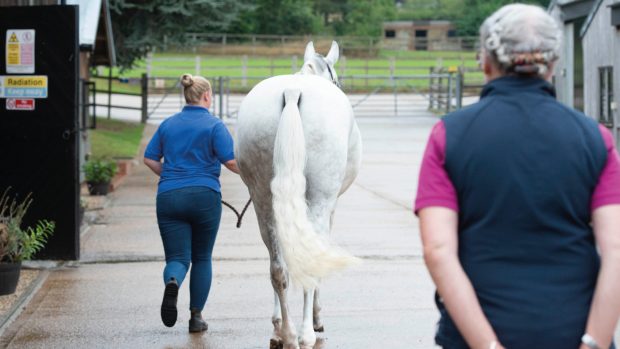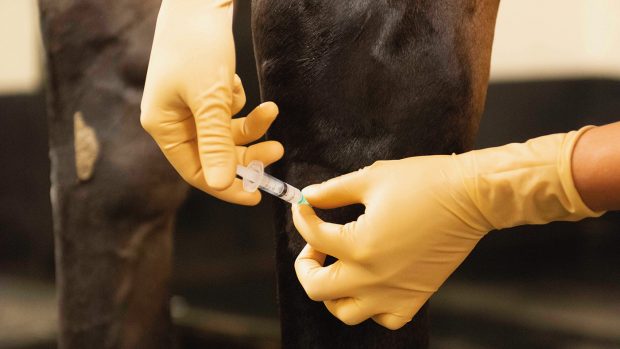A slipping saddle may be an early sign that your horse is suffering from hindlimb lameness, research by the Animal Health Trust (AHT) has found.
Working with the Saddle Research Trust (SRT), Sue Dyson and Line Greve of the AHT assessed 128 horses of varying age, size and type.
The study, which was released last month, concluded that the saddle consistently slipped to the side in 54% of horses with hindlimb lameness.
Dr Dyson said: “Detection of saddle slip provides an opportunity for the owner, rider and trainer to detect low-grade and sub-clinical lameness, with important consequences for welfare.”
Further analysis of the subject will include work to determine how much the equine back changes shape and how often saddles should be refitted.
“We all imagine our horse is 100% sound, but our study so far has shown the majority of horses show a level of asymmetry,” said Anne Bondi of the SRT.
“This AHT research is a tremendous step forward.
For the first time, owners have an early indicator that there may be something wrong.
“Previously we would have blamed saddle slip on the rider’s position or the saddle itself.”
The SRT is working on a number of studies researching lameness and saddlery.
Another, in conjunction with the University of Sunderland, aims to create an easy video analysis tool to detect asymmetry in the horse.
This news story was first published in the current issue of H&H (25 October 2012)
Look out for our veterinary special in H&H 13 December for more on this subject.




